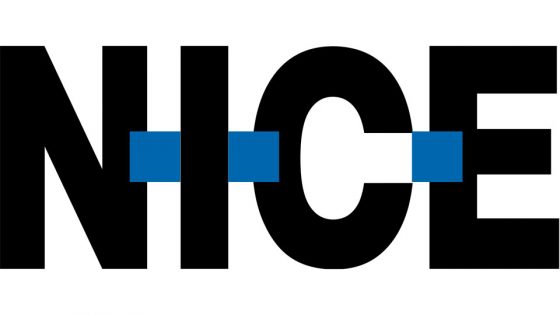By Adam Aftergut, Product Marketing Manager, NICE
Toronto-Dominion Bank (TD Bank) moved more than 9,000 call center employees from 15 cities in the US and Canada to a work-from-home (WFH) model in the weeks following widespread shutdowns due to COVID-19. Company leaders told Bloomberg that the bank, which serves 26 million customers, helped ease the massive transition by giving workers who suddenly found themselves juggling work and new distractions in the home an extra 10 personal days and the ability to change schedules and do split shifts.
Like TD Bank, many organizations found that the overnight transition to employees working from home created new challenges related to staffing (who is working and when) and performance (how they’re working). In the contact center, these challenges can be traced back to a single root cause: changing boundaries.
Fundamentally, boundaries are changing for employees and teams in two key ways: 1) a separation between the employee and their workplace; and 2) a blurring of boundaries in the employee’s workday.
Remote work, by its very nature, is accompanied by a physical distance between the employee and his or her workplace. Many workers view the ability to work remotely as a job perk, with more than half seeking the arrangement as a way to improve work-life balance, according to the American Psychological Association (APA). Moreover, researchers have found that remote work, when done right, can even improve employee productivity, creativity and morale. However, the relative isolation from colleagues makes communication and collaboration more difficult, and can intensify feelings of loneliness, according to an annual survey of remote workers carried out by Buffer and AngelList.
In the contact center, this separation poses several critical WFH productivity challenges:
- Visibility: Employers need to maintain open lines of communication with their employees, which starts with being able to reach them. To make that possible, WFH employees need visibility and active contact options.
- Motivation: For sustained motivation, agents need to feel that they are on a path toward definite goals, with timely, personalized, and real-time recognition of their progress, and rewards for their successes.
- Development: Employers need to periodically help their employees develop professionally or to correct non-productive behavior with targeted interventions or guidance; this enables employees to self-improve while working at home.
Agents and their supervisors are also facing new challenges due to the blurring of the boundary between work and home. As the dining room table doubles as an office, it can be hard for employees to separate their personal and professional lives.
“In this new work-from-home reality that we’re living in, it’s particularly challenging for segmentors, people who like to keep a sharp line between work and home,” Wharton management professor Nancy Rothbard told Forbes.
On the one hand, remote work can lead to the expectation that an employee will be available at all times. On the other, disruptions run rampant; researchers have found that it can take an employee an average of 23 minutes and 15 seconds to fully resume the previous task following a disruption. As contact centers moved their agents to a WFH model, we saw a 400% increase in the use of self-service scheduling to better balance work and home commitments, while meeting the needs of the organization.
In the contact center, the blurring of the distinction between work and the rest of life when agents work from home directly causes challenges in three key areas:
- Staffing agility: Employers need to be able to respond quickly to changing customer demand, while employees need more flexible scheduling options and the tools to make last-minute changes.
- Occupancy: Employers need to maintain optimal occupancy levels, a key KPI for many contact centers, while also ensuring that agents are focused on the task at hand. Yet, employees are more easily interrupted and distracted while working at home.
- Consistency: Employers need to ensure that teams operate with consistency and reliability, especially during uncertain times. WFH employees tend to be less consistent and more unreliable due to the needs of the home, as well as to a higher rate of burnout. A recent report found that one-fourth of US employees are currently experiencing burnout, much of which can be linked to the lack of work-home boundaries.
Our professional boundaries have changed indelibly. And we can expect the challenges this has created to persist: 74% of CFOs who were surveyed recently said they intend to make remote work permanent for some employees, according to Gartner. These challenges can be addressed from the perspective of the employer or the agent, as resolving them for one invariably resolve them for the other.
Learn more about how to address WFH challenges in the two upcoming blogs in this series on their root causes, the separation between employees and their workplaces and the blurring of boundaries in during the home-based workday. You can also find out more about how TD Bank helps its contact center agents independently manage their schedules by reading our case study.
Do you need help in generating more efficient schedules and automating the challenge of optimizing your net staffing?
Download our complimentary eBook: Intelligent Automation and Simulation in WFM for Dummies.
This book will help you understand how using machine learning based simulation can help create schedules based on true multi-skill efficiencies based on ACD routing rules and skills not just static percentages. It will also help you see how you can automatically and proactively create offers for voluntary time off and overtime based on skills to the exact right agents, thus solving the age-old issue of net staffing optimization.







Leave a Reply